
The anchor tenant of the capital’s Ocean Mall shopping center, Silpo supermarket, is preparing to open, the retailer’s press service told Interfax-Ukraine.
“We plan to open a new Silpo store in Ocean Mall, with a floor space of up to 5,000 square meters. The concept and design are currently being finalized,” the press release said.
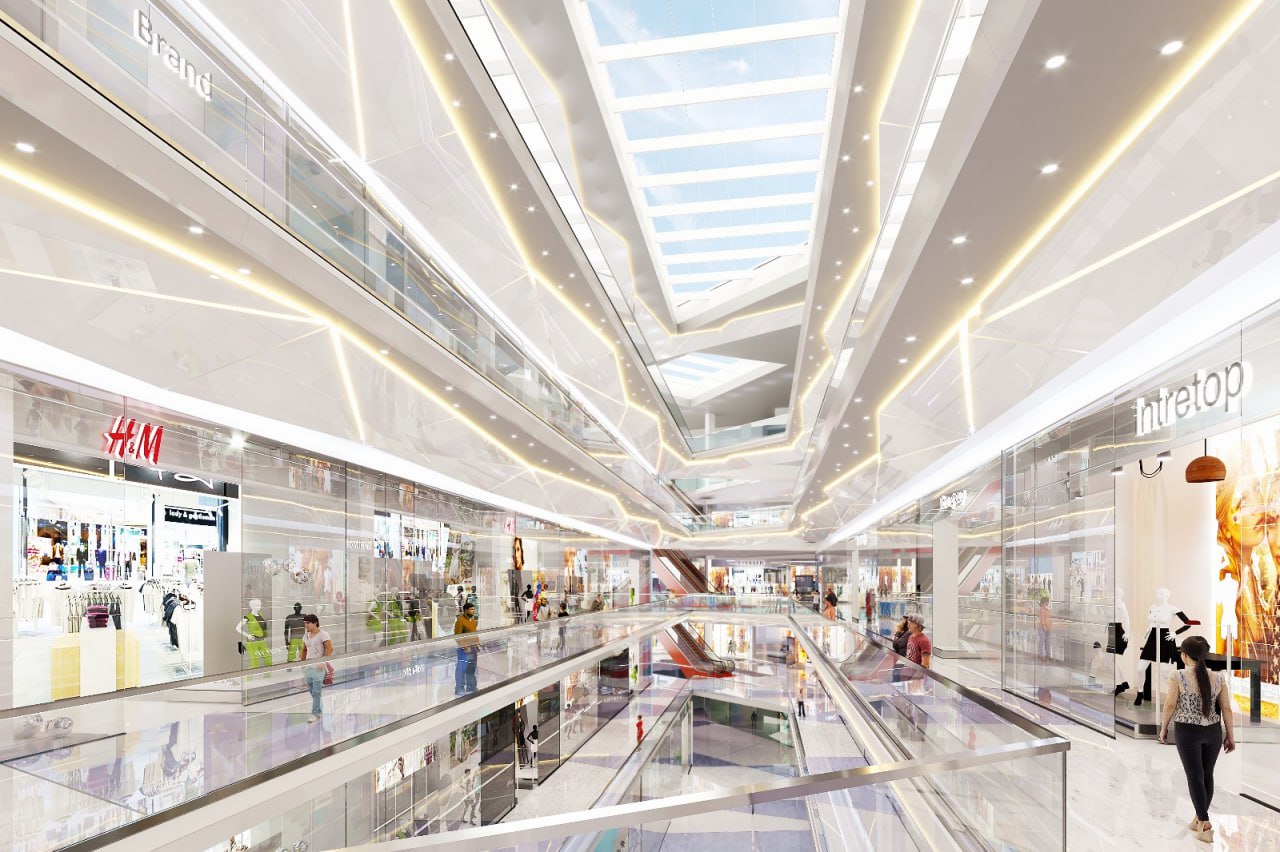
Silpo is one of the largest supermarket chains in Ukraine, founded in 1998. It is part of the Fozzy Group, a trade and industrial group. As of July 2025, the chain has 309 supermarkets in 62 cities.
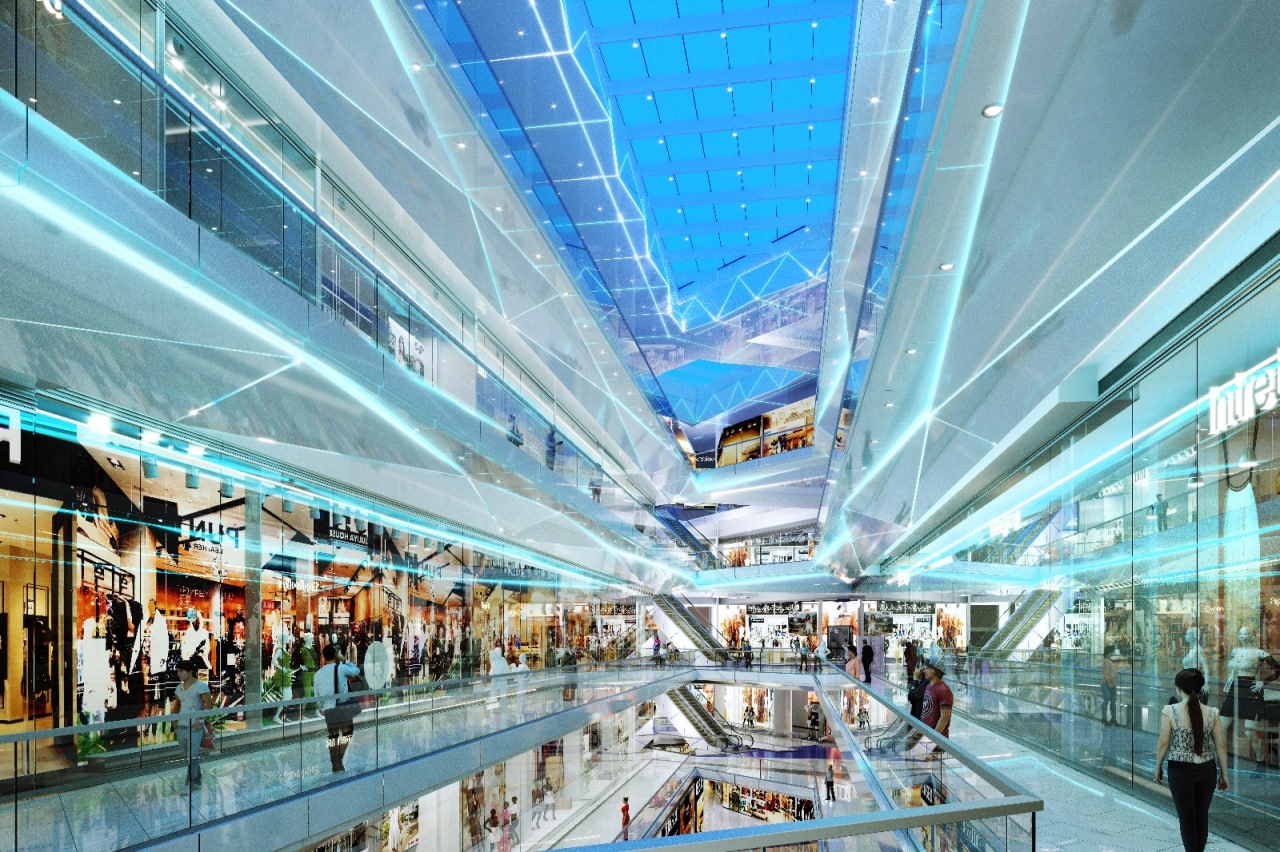
Ocean Mall is a retail resort shopping center. It has a total area of 300,000 square meters and parking for 4,000 cars. The shopping center will combine 800 stores and 50 restaurants. Among the largest tenants are the Silpo grocery supermarket and flagship stores of the world’s largest retailers in the fashion, sports, and home goods segments. Over 30,000 square meters of the Ocean Mall shopping and entertainment center is dedicated to entertainment, including the Galaxy amusement park for the whole family and a 7-screen Multiplex cinema.
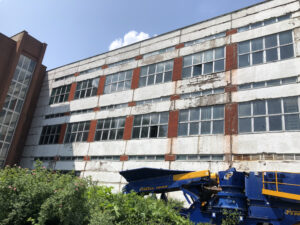
A repeat auction for the privatization of 50%+1 share of PJSC Rivne Radio Technical Plant, which has not been operating since 2013 and has been declared bankrupt, will take place on July 14 at half the initial price of UAH 60.78 million.
According to data in the Prozorro.Prozazhi system, the initial auction scheduled for July 4 did not take place due to a lack of bids. The sale price of the controlling stake (22,423,190 shares) was UAH 121.56 million.
The plant is located 4 km from the M-06 Kyiv-Chop international highway. The balance sheet of the company, which manufactured communications equipment, includes seven real estate properties with a total area of 68,795 square meters. The real estate properties owned by the PJSC are located on a land plot with a total area of 11.38 hectares and are owned by the municipality.
“Among the additional advantages of the asset are its connection to all necessary utilities and the absence of any restrictions on its use. This makes the property an ideal platform for relocation or expansion of existing production,” according to the FGI.
The buyer is obliged to pay off wage arrears and debts to the budget (as of the date of transfer of ownership) within six months, as well as to prevent the dismissal of employees.
According to the FGI, as of March 30, 2025, the company’s overdue accounts payable amounted to UAH 55.21 million, including UAH 12.66 million in wages, UAH 1.9 million in taxes, and UAH 1.17 million in insurance. According to the National Securities and Stock Market Commission (NSSMC), as of the first quarter of 2025, apart from the state, the list of shareholders owning more than 5% of the LLC’s charter capital includes Oleg Maryanchik (5.43% of shares).
The Rivne Radio Technical Plant was once one of the largest enterprises in the region.
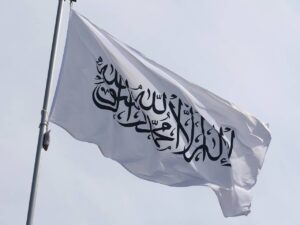
The Russian Federation has officially recognized the Taliban government — the Islamic Emirate of Afghanistan — becoming the first country to do so since it came to power in August 2021. Representatives of the Russian Foreign Ministry confirmed that the credentials of Afghan Ambassador Gul Hassan Hassan had been accepted, after which the official flag of the Islamic Emirate was raised over the embassy in Moscow for the first time. This became possible after the Russian Supreme Court lifted the ban on the
Taliban as a terrorist organization in April 2025.
the Russian Supreme Court lifted the ban on the Taliban as a terrorist organization.
The Islamic Emirate of Afghanistan is the name of the state proclaimed after the Taliban seized power in August 2021. Previously, the Taliban was not recognized by most countries and was officially considered a terrorist organization in Russia until April 2025.
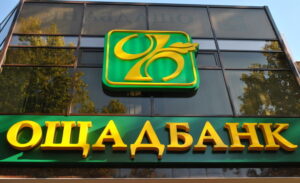
Oschadbank has signed an investment loan agreement worth EUR 10.8 million with Helios Strategia Group’s subsidiary, Elio Luchky LLC, to finance the construction of a solar power plant with an installed capacity of 22.35 MW, inverter capacity of 16 MW and an energy storage facility (ESF) with a capacity of 33.44 MWh.
According to the bank’s press release on Monday, the solar power plant and energy storage facility will be located in the Mukachevo district of Zakarpattia region, with commissioning scheduled for January 2026.
“Our agreement with Helios Luchky is a 7-year project financing deal. These are the same “long-term” funds for new construction that are needed for economic development. I am glad that more and more such investment projects are being implemented,” commented Yuriy Katsion, Deputy Chairman of the Management Board of Oschadbank, responsible for corporate business.
According to him, this project is significant in terms of combining technologies that will ensure maximum profitability when selling electricity on the day-ahead market.
In his opinion, this is a good example of a balanced approach to the development of the country’s decentralized energy system.
“This project is not only a step towards a new decentralized energy sector, but also a demonstration of the technological readiness of Ukrainian companies to implement complex infrastructure solutions. We are grateful to the Oschadbank team for their partnership and belief in high-quality projects for a new energy future,” said Olena Skrypnyk, founder of Helios Strategia.
The release states that the international engineering group Helios Strategia specializes in EPC projects for solar energy and the implementation of renewable energy solutions for the industrial and commercial sectors. The total capacity of solar power plant projects in which the group has participated reaches 1.2 GW. The group’s other facilities are located mainly in the Dnipropetrovsk region, as well as in the Odesa and Mykolaiv regions.
As reported at the end of June, according to Yevhen Myachyn, Director of the Corporate Business Development and Support Department at Oschadbank, since the beginning of 2025, the volume of energy loan agreements concluded by Oschadbank with corporate clients has increased to EUR93 million, of which approximately 45% are energy storage facilities (ESF), 43% are wind farms, and 12% are ESF together with solar power plants.
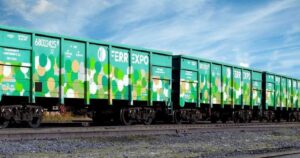
Ferrexpo plc, a mining company with its main assets in Ukraine, produced 2,169,631 tons of pellets in January-June this year, which is 34.2% less than in January-June last year (3,297,441 tons).
According to the company’s press release on Monday, total production of commercial products (pellets and iron ore concentrate) in the first half of 2025 decreased by 9% compared to the first half of 2024, to 3 million 393,135 thousand tons. In particular, the output of marketable concentrate amounted to 1 million 223.504 thousand tons against 429.865 thousand tons, respectively. The company also produced 81,787 thousand tons of DR pellets (in the first half of 2024 – 162,645 thousand tons) and 2 million 87,844 thousand tons of premium pellets (a decrease of 33.4%).
The press release notes that from January to April 2025, the amount of VAT refunds denied amounted to $31 million. Due to the current suspension of VAT refunds and the associated decline in financial liquidity, the group was forced to reduce production from two to one pelletizing line and also to reduce the production of high-quality concentrate. As a result, total commercial production for the second quarter amounted to 1.3 million tons, down 40% from 2.1 million tons in the first quarter.
However, the group demonstrated flexibility and agility by continuing to benefit from strong demand for its concentrate from customers in China, which accounted for more than a third of its product mix in the first two quarters of 2025, the statement said.
Among other things, it has made efforts to reduce its costs in order to remain financially viable. This includes reducing working hours for employees, cutting purchases of goods and services, and suspending all non-essential capital expenditures, overhead costs, and corporate social responsibility expenses.
Commenting on the group’s performance, interim CEO Lucio Genovese noted that the strong momentum at the beginning of the year, which reflects, in particular, increased quarterly production since the full-scale invasion in February 2022, was significantly limited in the second quarter as the company began to feel the impact of tax authorities’ decisions to suspend VAT refunds. As a result, production fell to 1.3 million tons in Q2 2025.
“Despite the weaker iron ore pellet market, we were able to significantly change our production portfolio and take advantage of strong demand in China for our high-quality low-alumina iron ore concentrates. During the first six months of 2025, concentrate sales accounted for 36% of our production portfolio, three times more than in the same period a year ago. In a challenging operating and market environment for iron ore, it is encouraging that we have been able to be so flexible and take advantage of the demand for high-quality concentrates,” said the top manager.
At the same time, he pointed out that lower iron ore prices and reduced production had a negative impact on profitability. The situation was exacerbated by higher prices for raw materials such as gas and electricity. During the second quarter, the group worked hard to reduce its costs in order to remain financially viable.
“This includes reducing working hours or leave for approximately 37% of employees, reducing purchases of goods and services, and suspending all non-essential capital expenditures, CSR, and humanitarian expenditures. At the same time, every effort is being made and measures are being taken with the relevant authorities and government agencies in Ukraine and internationally to try to resolve the issue of the suspension of VAT refunds,” Genovese added.
As reported, Ferrexpo produced 1 million 347,749 thousand tons of pellets in Q1-2025, which is 26% lower than in January-March last year (1 million 813,973 thousand tons). At the same time, total production of commercial products (pellets and iron ore concentrate) in Q1 2025 increased by 3% compared to Q1 2024, to 2 million 125.467 thousand tons. In particular, the output of marketable concentrate amounted to 777,718 thousand tons, compared to 240,516 thousand tons in Q1-2024. The company also produced 81,879 thousand tons of DR pellets (not produced in Q1-2024), 1 million 105.049 thousand tons of premium-grade pellets (a decrease of 36%) and 160.913 thousand tons of other pellets (an increase of 95%).
In 2024, Ferrexpo increased its production of pellets by 58% compared to 2023, to 6 million 70.541 thousand tons from 3 million 845.325 thousand tons. In the fourth quarter of 2024, it produced 1 million 503.373 thousand tons of pellets, which is 18% higher than in the previous quarter (1 million 269.727 thousand tons).
At the same time, total production of marketable products (pellets and iron ore concentrate) in 2024 increased by 66% compared to 2023, to 6 million 889.879 thousand tons from 4 million 152.028 thousand tons. In particular, the output of marketable concentrate reached 819,338 thousand tons compared to 306,703 thousand tons in 2023. The company also produced 489,720 thousand tons of DR pellets, 4 million 984,990 thousand tons of premium pellets, and 595,831 thousand tons of other pellets.
In 2023, Ferrexpo produced 3.845 million tons of pellets, which is 36.5% less than in 2022.
Ferrexpo owns 100% of Yeristovsky GOK LLC, 99.9% of Bilanivsky GOK LLC, and 100% of Poltavsky GOK PJSC.

On June 26, 2025, the National Conservation Area “St. Sophia of Kyiv” hosted the Festival of Music, organized by the French-Ukrainian Chamber of Commerce and Industry, to celebrate the beginning of summer, music and solidarity.
This holiday has been a mandatory French event since 1982.
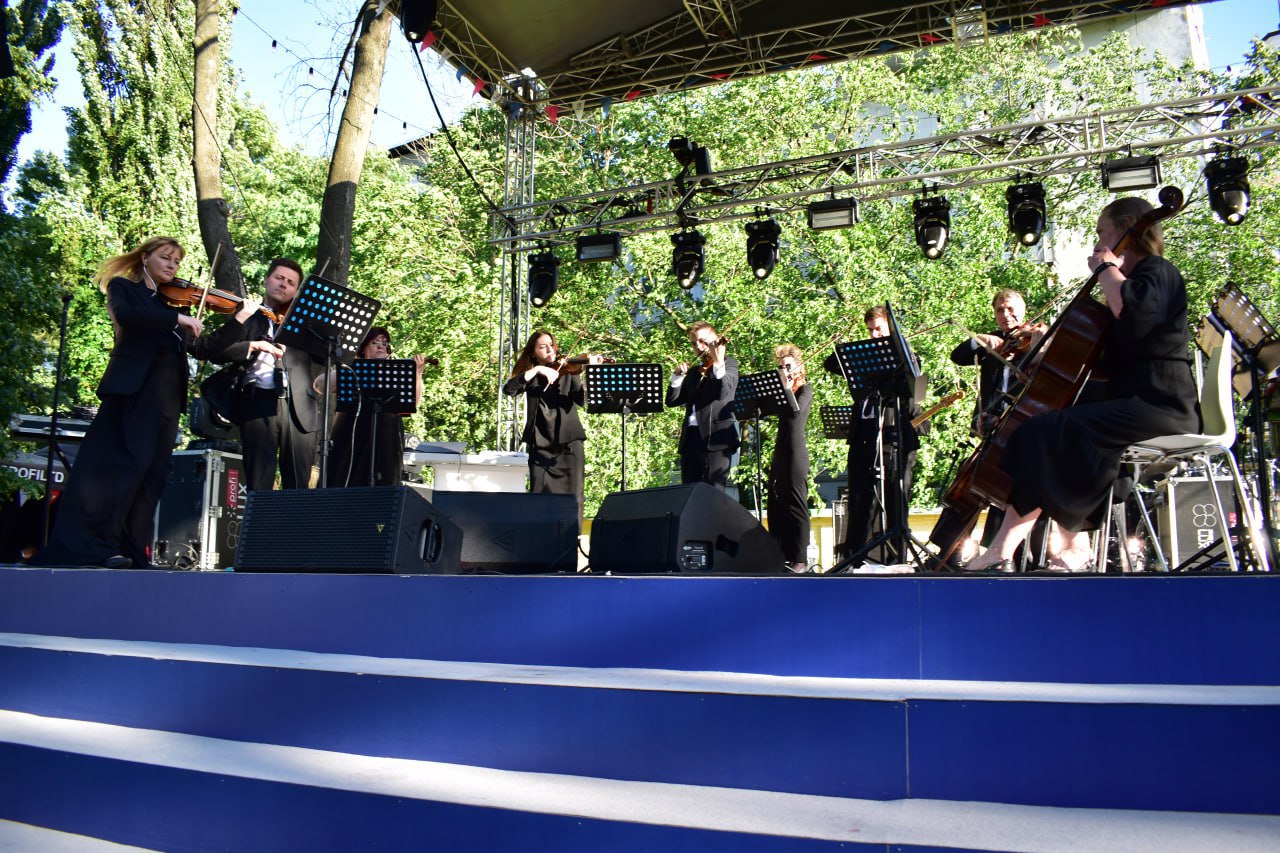
This is the second time CCIFU and its partners have organized this event. But this time it was not only festive, but also charitable – all the funds raised in the amount of 35,000 euros will go to support
the National Rehabilitation Center “Unbreakable” (UNBROKEN Ukraine) in Lviv, namely its department for patients with spinal cord injuries.
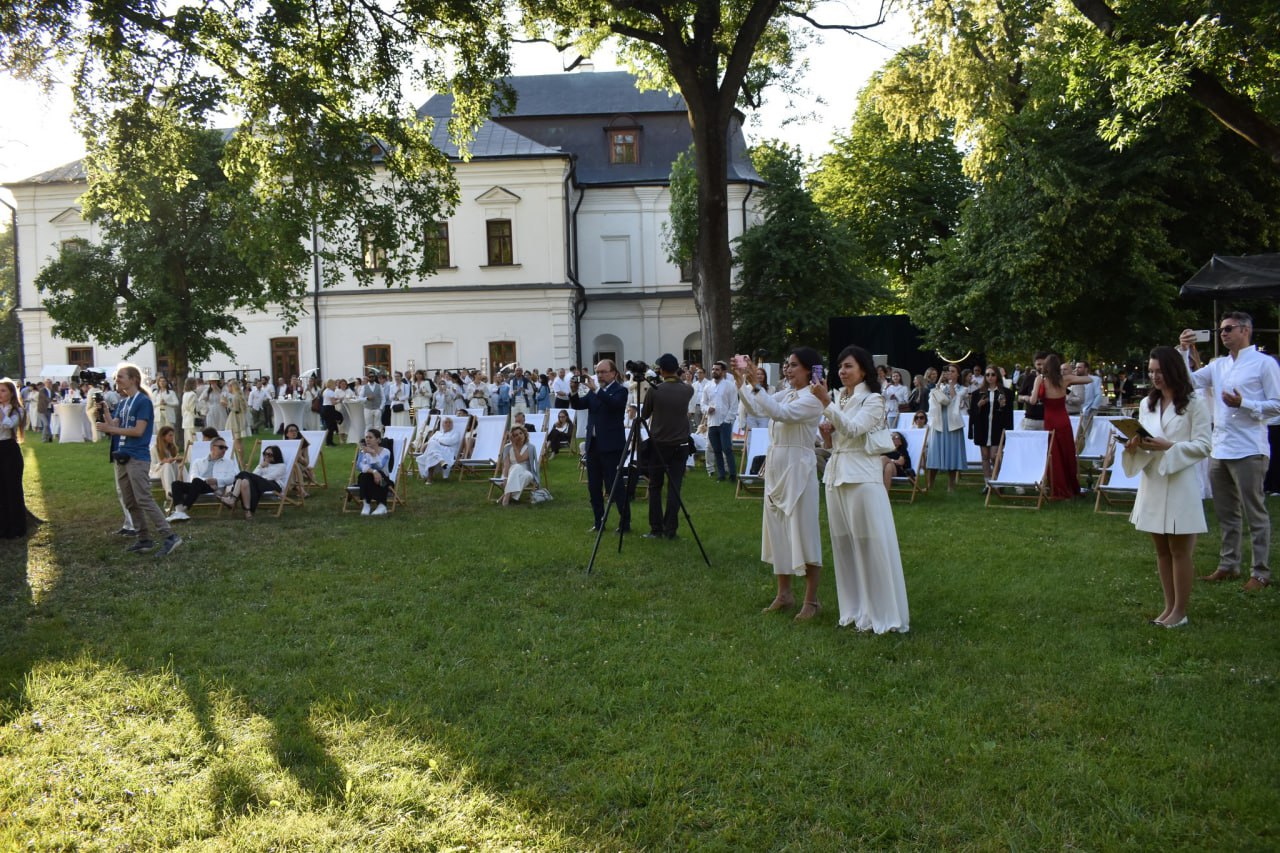
The guests were treated to a real celebration of music: Svitlo Concer with a selection of French songs in a new sound, virtuoso performance by one of the best contemporary pianists Yevhen Khmara and the Ukrainian music band TVORCHI, whose performance captured the audience’s attention from the first seconds, creating an incredible atmosphere of drive and sincere emotions.
CCIFU, charity event, Khmara, Music Festival, St. Sophia of Kyiv